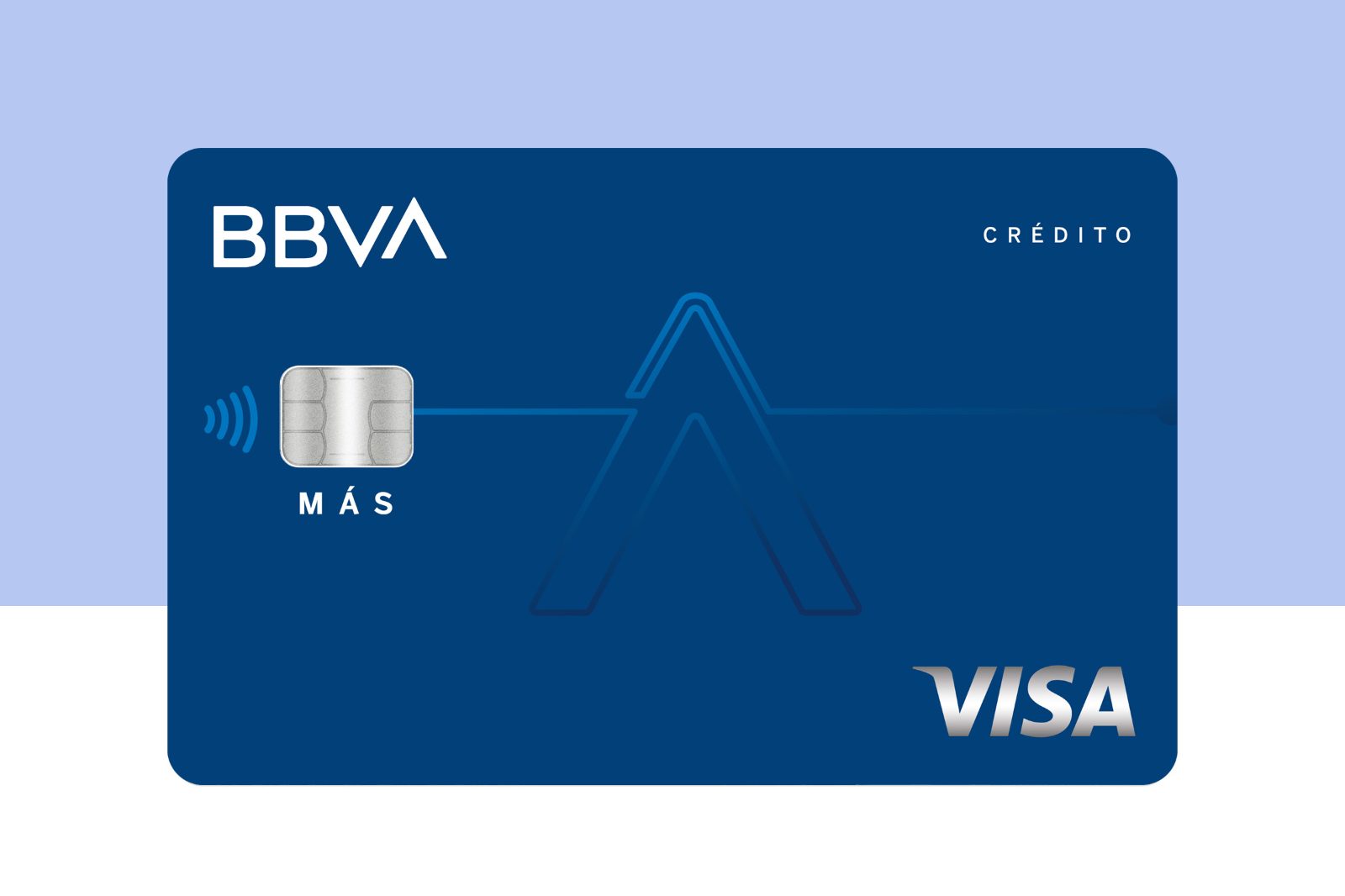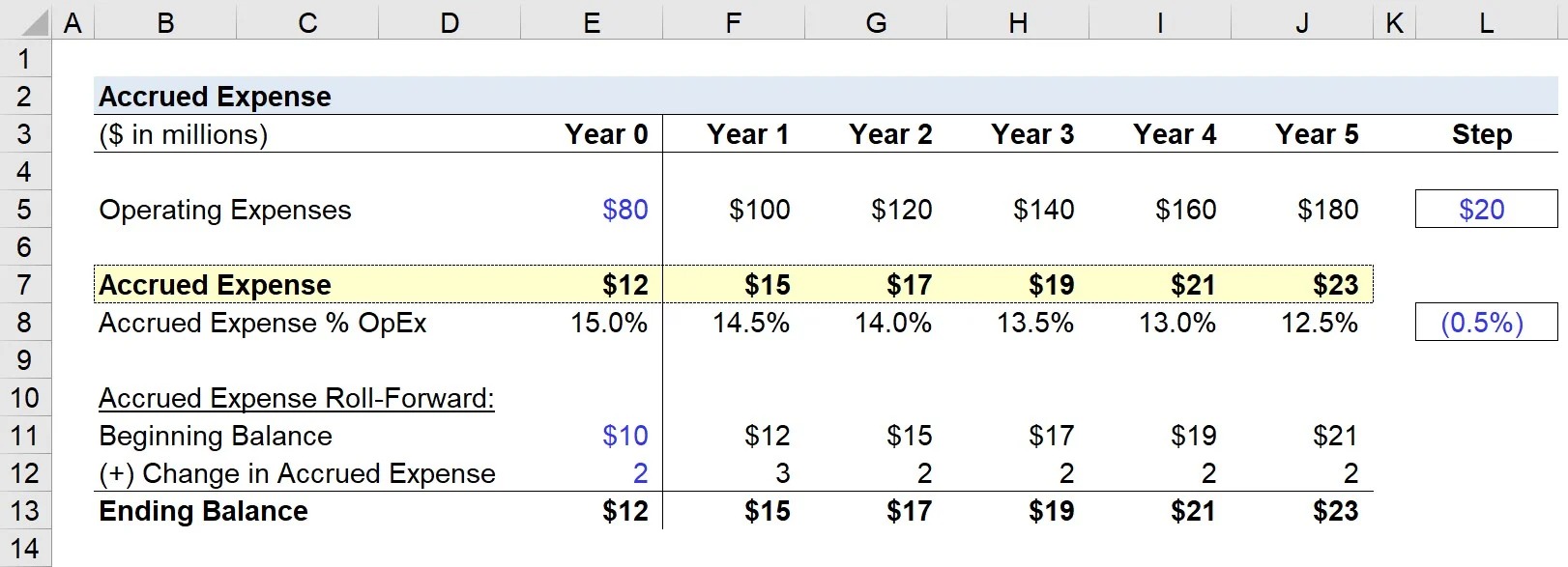

Finance
Qualification Ratio Definition
Published: January 14, 2024
Learn the definition of qualification ratio in finance and how it impacts loan approval. Understand the importance of this concept in managing your financial goals.
(Many of the links in this article redirect to a specific reviewed product. Your purchase of these products through affiliate links helps to generate commission for LiveWell, at no extra cost. Learn more)
Qualification Ratio Definition: Understanding the Key to Financial Success
Finance is a vast field with numerous terms and concepts that can sometimes leave people feeling overwhelmed. One such term that often comes up in discussions of personal finance is the qualification ratio. But what does it actually mean? In this blog post, we will dive deep into the qualification ratio definition and understand its significance in helping individuals achieve financial success.
Key Takeaways:
- The qualification ratio is a financial benchmark used by lenders to evaluate a borrower’s ability to afford a loan.
- It is calculated by dividing an individual’s monthly debt obligations by their monthly income.
Understanding the Qualification Ratio Definition
When it comes to obtaining a loan, whether it be for a mortgage, car, or personal expenses, lenders want to ensure that the borrower has the financial capability to repay the borrowed amount. This is where the qualification ratio comes into play. Simply put, the qualification ratio is a financial benchmark used by lenders to assess a borrower’s ability to afford a loan.
The qualification ratio is calculated by dividing an individual’s monthly debt obligations by their monthly income. This ratio helps lenders determine whether a borrower has enough income to cover their existing debts along with the potential new loan payments. Ideally, lenders look for a qualification ratio of around 43% or lower, indicating that the borrower has sufficient funds to manage their debts responsibly.
To better understand how the qualification ratio works, let’s consider an example:
- Monthly Income: $5,000
- Monthly Debt Obligations: $2,000
Using the numbers above, we can calculate the qualification ratio:
Qualification Ratio = Monthly Debt Obligations / Monthly Income
Qualification Ratio = $2,000 / $5,000
Qualification Ratio = 0.4 or 40%
In this example, the qualification ratio is 40%. This means that the borrower’s debt obligations account for 40% of their monthly income. As the qualification ratio falls within an acceptable range, the borrower is likely to be considered eligible for a loan.
It’s important to note that the qualification ratio is just one of the factors considered by lenders when evaluating a loan application. Other factors, such as credit score, employment history, and assets, also play a significant role in the approval process. However, by understanding and managing your qualification ratio, you can increase your chances of securing a favorable loan offer.
In Conclusion
The qualification ratio is an essential financial tool used by lenders to assess an individual’s loan affordability. By calculating the qualification ratio, lenders can determine whether a borrower has the financial capability to manage their debt obligations along with the additional loan payments. Understanding your qualification ratio and maintaining a healthy ratio can significantly improve your chances of obtaining a loan and achieving financial success.














